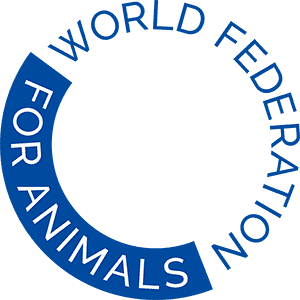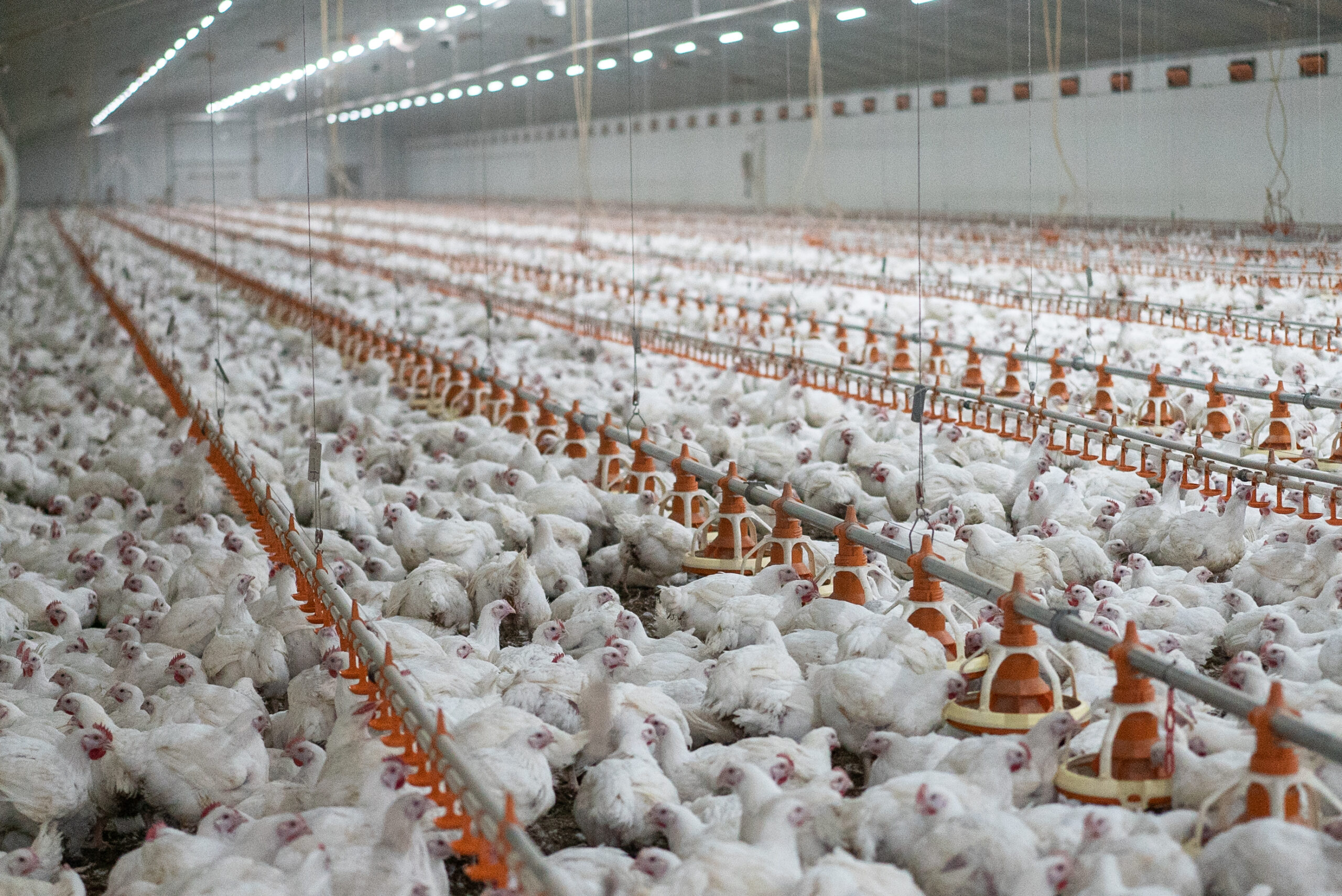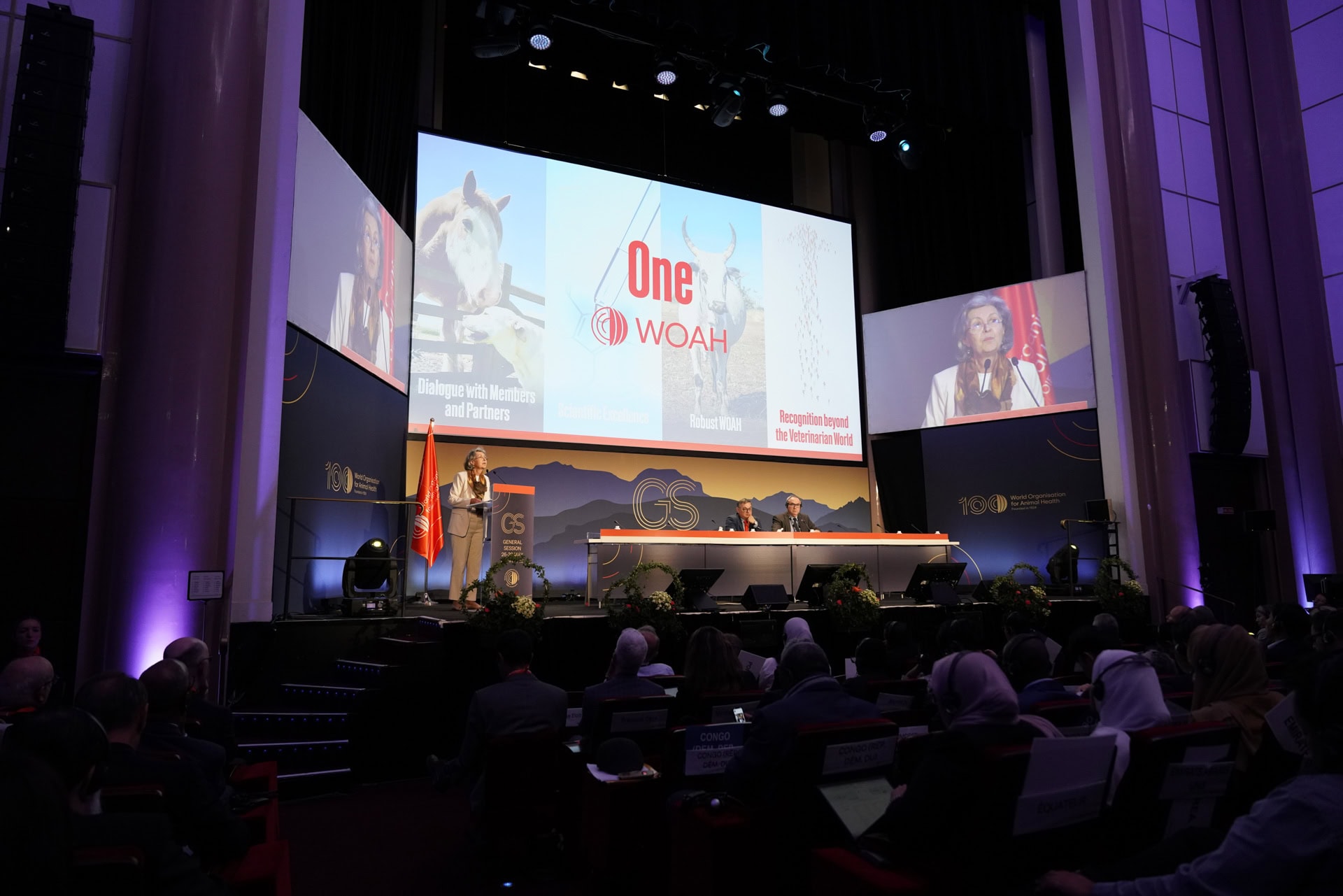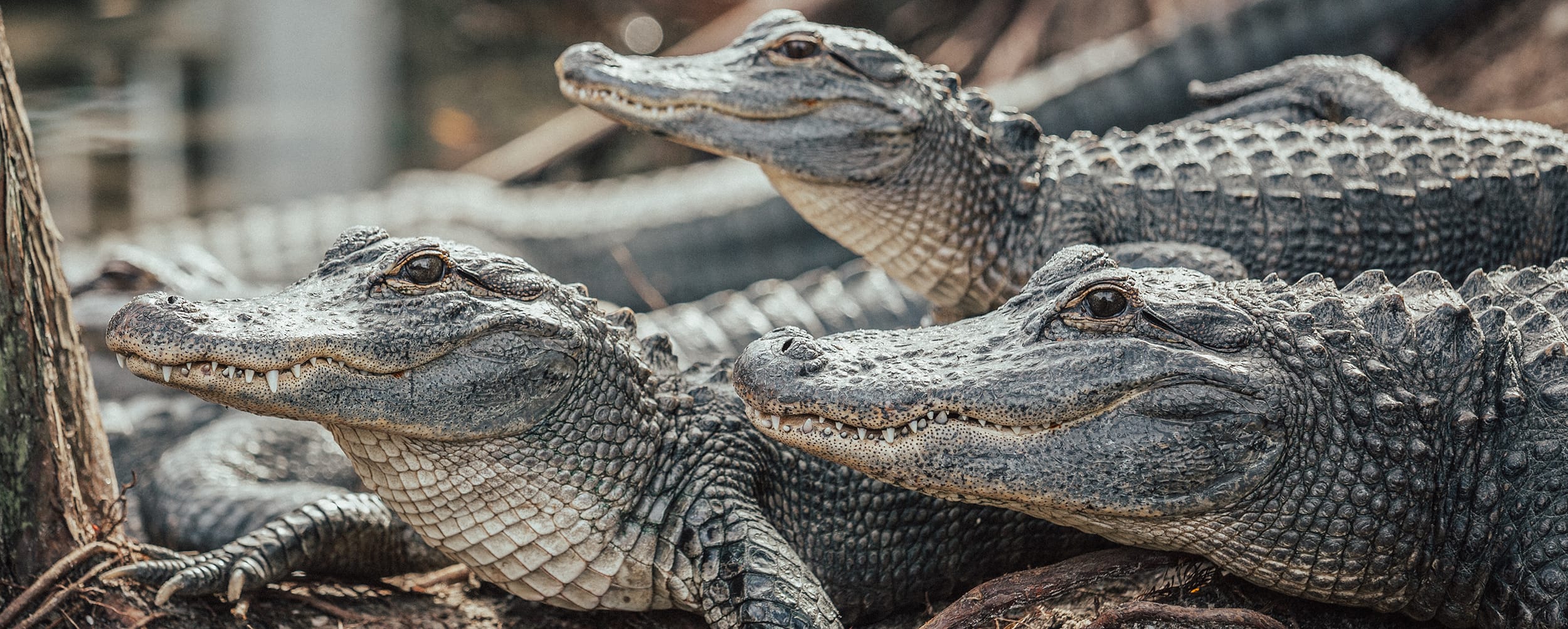In celebration of World AMR Awareness Week (18-24 Nov. 2023), we are sharing an excerpt from our report “Unveiling the Nexus: The Interdependence of Animal Welfare, the Environment, and Sustainable Development“. This year’s theme is: “Preventing antimicrobial resistance together”. Animal Welfare is an essential lever to effective efforts for the prevention of AMR.
Globally, 70% of all antimicrobials are used in farm animals, with a significant portion being vital in human medicine. This is mainly done to maintain the health and productivity of the animals. They are routinely administered to whole herds or flocks of healthy animals to promote growth and prevent diseases that may arise from crowded and stressful living conditions as well as the reliance on high-growth breeds that are prone to illnesses.
Industrial animal farming results in higher use of antimicrobials per animal than high-welfare farming systems. For instance, research shows that weaning piglets at 22-25 days of age, which is common in industrial pig farming, results in 15-20 times higher use of antimicrobials compared to later weaning at around 35 days or more. Fast-growing meat chickens receive more antimicrobials per bird compared to slower-growing birds. The overuse of antimicrobials in industrial farming contributes to AMR in animals which can then be transferred to humans, undermining the efficacy of antimicrobials in human medicine. This is true in aquatic as well as terrestrial systems. Heuer et al. warned in the journal Clinical Infectious Diseases a decade ago: “Intensive use of antimicrobial agents in aquaculture provides a selective pressure creating reservoirs of drug-resistant bacteria and transferable resistance genes in fish pathogens and other bacteria in the aquatic environment”.
Industrial animal farming systems also lead to the prevalence of antibiotic-resistant bacteria in soil and spread AMR through animal waste. Widespread environmental releases of biological AMR pollutants, such as animal waste not typically treated and produced in copious amounts in industrial animal farming operations, establish a major exposure point for AMR in the environment, particularly in water, soil, and air. These help antimicrobial-resistant microbes to spread between and among people, animals, and other environmental reservoirs, disrupting the microbial composition of environmental media and affecting biodiversity and ecosystem services.
Improved animal welfare can reduce antimicrobial use
By improving living conditions and reducing animal stress levels, disease incidence can be reduced, and the use of prophylactic and subtherapeutic antimicrobials can be eliminated. Moreover, good nutrition, hygiene, vaccination, and effective disease and herd management can reduce the entry and spread of infections, reducing the need for antimicrobials. Thus, “farming systems with heavy antimicrobial use should be critically reviewed, to determine whether/how such systems could sustainably reduce the use of on-farm antimicrobials. If a sustainable reduction in the use of on-farm antimicrobials is not achievable, these systems ideally [should] be phased out”. Instead of relying on the routine use of antimicrobials, we need to develop “health-orientated systems for rearing animals”. In such systems, animals would be raised in extensive, naturalistic conditions that prevent overcrowding and avoid excessive herd and flock sizes, which can accelerate the transmission of pathogens, limiting antibiotic use to nonsystemic clinical diseases. The systems would ensure that animals can engage in their natural behaviours and minimise the stress that can undermine the animals’ immunity and make them susceptible to disease. For example, there would be no early weaning of pigs as this involves several stressors, including premature separation from the sow, mixing with unfamiliar pigs and getting accustomed to a new diet and new housing. These health-oriented systems would ensure good air quality, such as low dust levels, ammonia, and carbon dioxide, as poor air quality can lead to respiratory disease. They would avoid using genetically selected animals for fast growth rates and high yields as these animals are vulnerable to immunological and metabolic problems. Workers would receive training to monitor and identify physical and behavioural welfare indicators.
Policy Takeaways
One Health is essential “to sustainably balance and optimise the health of people, animals and ecosystems”.
- Animal well-being is at the centre of sustainable public health. The improved state of animals’ well-being can enhance their health, reduce disease incidence, and avoid the need for routine antibiotic use. Such improvements can help promote global health by, for instance, reducing the risk of zoonotic diseases and AMR. In this way, improving the treatment of animals is critical for achieving One Health, which requires humans to acknowledge responsibility for adopting sustainable solutions that protect animal welfare and ecosystem integrity. These are essential for the well-being of current and future generations.
- Reducing dependencies on animal products, from domesticated and wild, can help reduce disease risk. Wildlife exploitation and trade, for instance, has been linked to the emergence of pandemics, as animals kept in poor environments and under stress are more susceptible to diseases. Intensive breeding and transportation of animals can also weaken their immune systems, making them more vulnerable to pathogens.
Multisectoral partnerships like the One Health Quadripartite are needed, as well as governments, international institutions, and the private sector incorporating One Health into their policies. Existing One Health plans should be expanded to protect the environment and animal welfare.
Photo credit: Lilly Agustina / Act For Farmed Animals / We Animals Media





